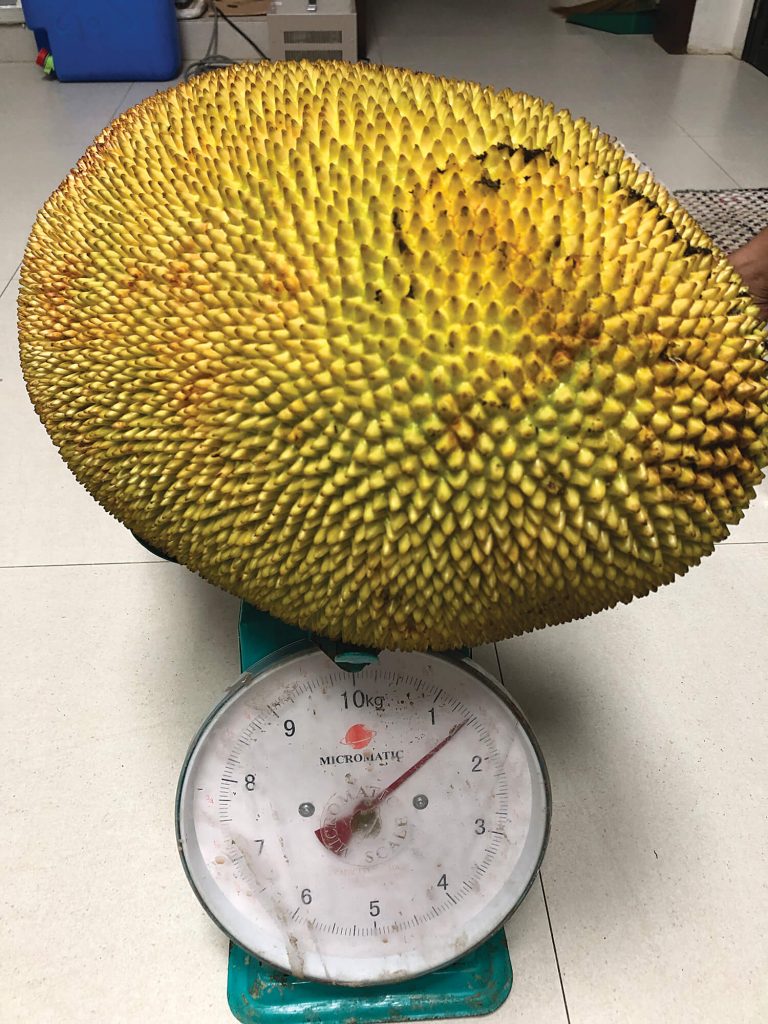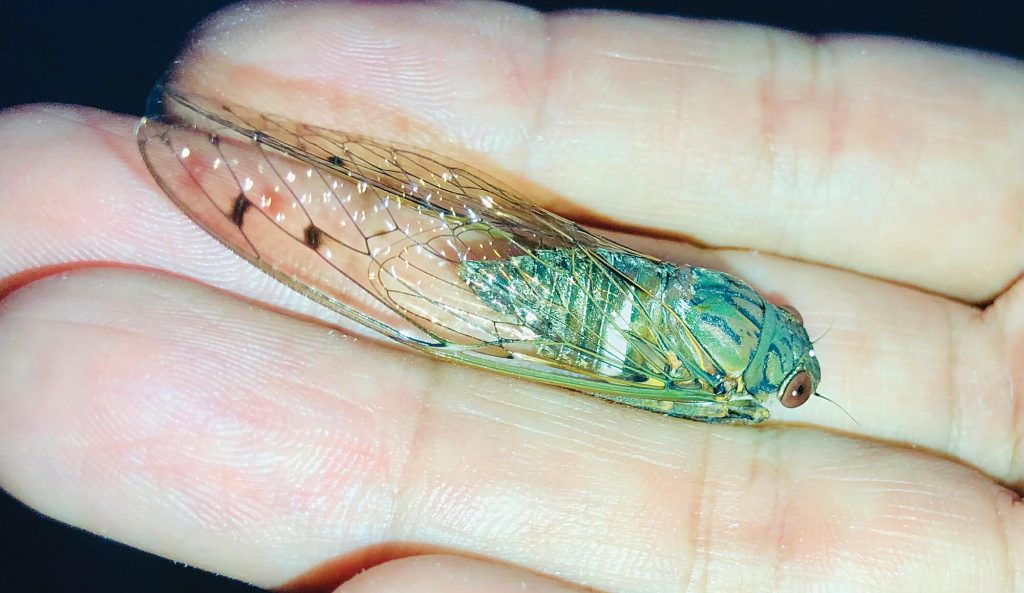PHOTOS BY VINCENT LAO
I have been contributing to Animal Scene since 2015 and if it is not obvious yet, I reside in the City of Puerto Princesa. It is literally located at the heart of the province of Palawan.
Geographically, you will find Puerto Princesa City almost exactly in the mid-section of the very long and narrow province. From the city, we can go searching for great beaches, beautiful waterfalls, hiking trails, caves, and what-have-yous, whether by going northward or southward. Either direction will take you to an enjoyable three-hundred-kilometer road trip through the green-shaded forests and through the bustling towns of Palawan.

CITY IN THE FOREST NO MORE
As I grow older and become prone to nostalgia, I do feel sad at times, remembering the giant trees that used to line up the entire length of the highway. I do not want to be a fault-finder, but I think we have failed miserably at protecting our environment.
Palawan has a relatively small population, yet there is hardly any place that is uninhabited. I hope that our leaders will be able to encourage people to reside in certain places only while the rest is off-limits. We have to leave some areas strictly for nature.
Meanwhile, the famous slogan of Puerto Princesa as the “City in the Forest” is becoming less and less accurate.

A TRIP DOWN MEMORY LANE
I am glad that recent events kicked me out of the moping and reminded me that we have to keep lending our voice to nature’s cause. Our flora and fauna are resilient to a certain extent, and small changes to their favor will enable them to bounce back.
At the beginning of the COVID-19 pandemic, particularly during the years 2020 and 2021, people (and their cars) are strictly restricted to their homes. I have observed that the creatures of Palawan enjoyed our reduced presence and I have seen animals here in the city whom I have not seen in a long time.
From November 2020 to September 2021, my family had to move out of our house because it needed to be renovated. My house was located downtown, in the “bayan” if you will. We had to move to my brother’s house, located at Barangay Bagong Sikat. Curiously, his house was only two kilometers away from mine and the area was actually considered part of the city interior, but his house was surrounded by undeveloped private properties filled with hulking Acacia trees and fruit trees like sampaloc, mango, camachile, banana, cacao, kasoy, caimito, langka, aratiles, etc.
It was here that I encountered so many wonderful creatures. I would not have imagined that I would be living among them again, and it brought back happy and scary memories from my childhood years.

A CONSTANT NEIGHBOR
One of our frequent visitors in the area is the Cicada. Similar to many other insects, they are attracted by the light in our bedroom during the night.
There are so many insects in the vicinity of my brother’s house. If you stand outside the house at night with a flashlight, dozens of insects will come at you.
I am very familiar with the sound that the Cicadas make. You could say that I grew up with them and they grew up around me, since there are probably millions of them in Palawan. During my childhood years, I could not escape the sound of the Cicada.
Puerto Princesa City was more of a forest back then than a city. We would memorize the plate numbers of cars, because there were so few of them. The houses were far apart and there were patches of forest between them. Every late afternoon, as long as it was not raining or terribly windy, you could hear the loud buzzing of the Cicada. I had held them in my hand many times. Sometimes, a Cicada would buzz even while I was holding it.

CYCLE OF LIFE
My paternal uncle happens to be an Insect expert. He has a vast collection of them in his house and he labels them according to their taxonomy.
He told me that Cicadas spend most of their lives as nymphs, usually for more than a year. During this time of their life, they live underground, feeding on plant material. When they finally emerge from the years-long dark and boring underground life, they cling to tree bark and molt. They then emerge as winged adult Cicadas.
It is a wonderful ending for the life story of this insect, but unfortunately, the happy ending ends too soon. The adult Cicada will mate to reproduce, and after only a few days with wings to fly, the creature reaches the end of their lifespan and dies.






